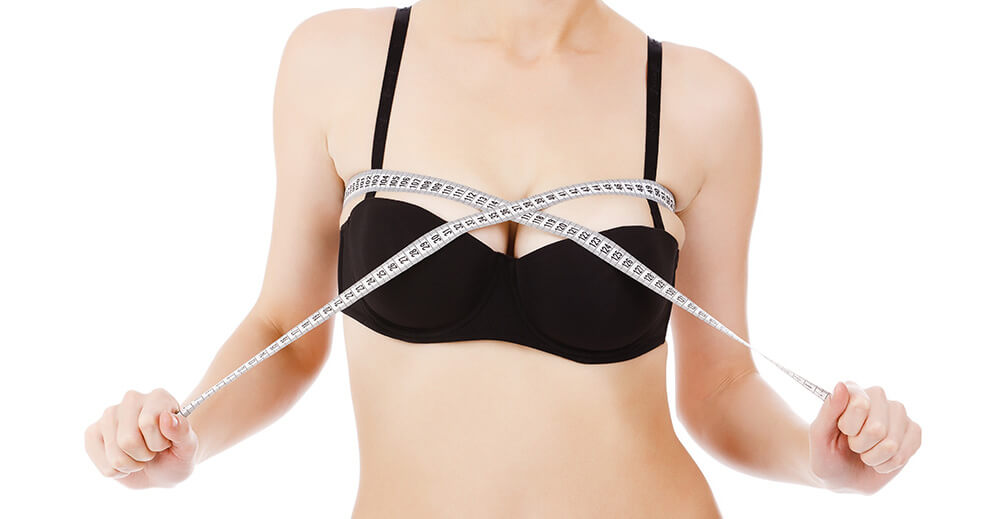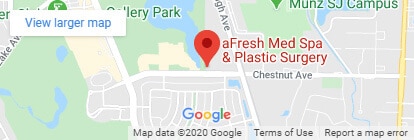
Breast Reduction Surgery – Chicago, IL (Oak Brook)
OVERVIEW
While it is common for women to desire larger breasts, some have excessively large breasts that they wish to reduce in size. Large breasts can be uncomfortable and can even cause health problems, which can be remedied through breast reduction surgery. This procedure removes extraneous fat, tissue and skin from the breasts and reshapes them for a smaller, more balanced look. Our surgeons have extensive experience in performing breast reduction surgery to improve not only the appearance of the breasts, but the health of his patients as well. Breast reduction can alleviate back pain and neck pain and allow a woman to participate easier in her day-to-day activities.
BREAST REDUCTION REVIEWS
SURGICAL TECHNIQUE
It is important to find a highly skilled surgeon who has experience with this procedure. It is important to maintain a good blood supply to the nipple areola complex as there is risk of discoloration and loss of sensation when blood flow is restricted. Liposuction is also implemented to remove the excess fat while the loose skin will be excised and tightened to form the newly shaped breasts. This procedure is also implemented as a way to correct an issue of breast asymmetry.
INCISION PLACEMENT
The most common incision for breast reduction is what they call “the anchor” or a vertical T. With this kind of approach, the incision is made around the areola, extends vertically down to the breast crease, and then is followed by another horizontal incision along the direction of the fold. The areola will be repositioned once the breasts have been resized and recurved. A lift will also be done so that the breasts will be placed higher on the chest.
BREAST REDUCTION VIDEO
Breast Reduction
DURING/AFTER SURGERY
Breast reduction is always done in an accredited surgical center under general anesthesia as an outpatient procedure. The surgery usually takes about 2 to 4 hours. For the first several weeks, the surgeon will recommend the use of a compression bra to protect the breasts. Patients may go back to work within 7-10 days and may resume physical activities (such as exercise) between 6-8 weeks post-operative. Results following a breast reduction are usually visible immediately after the surgery. Nipple sensitivity will gradually return within the first year.
BREAST REDUCTION FAQS
WILL RESULTS LAST?
Breast reduction is a long-term solution for patients who are affected with excessively large breasts. In cases where there is significant weight gain, the results may be compromised just like any cosmetic procedure that modifies body shape. Natural aging and gravity will take their toll over time and will still affect the breasts with or without the reduction. It is important to maintain a good health routine so that the enhancement lasts for a long time.
SMALLER AREOLA?
For women with larger breasts, the areola is also excessively large. In a breast reduction surgery, an areola reduction is also considered. As an incision is made surrounding the areola, the excess skin will also be trimmed so that it is proportional to the breasts’ new shape.
HOW MUCH REDUCTION?
This varies depending on the doctor’s initial evaluation and the patient’s preference. Often, the reduction results in a cup or two smaller from the original breast size.
RELATED PROCEDURES
[xyz-ips snippet=”Breast-Procedures”]




 PLAN YOUR PROCEDURE
PLAN YOUR PROCEDURE




